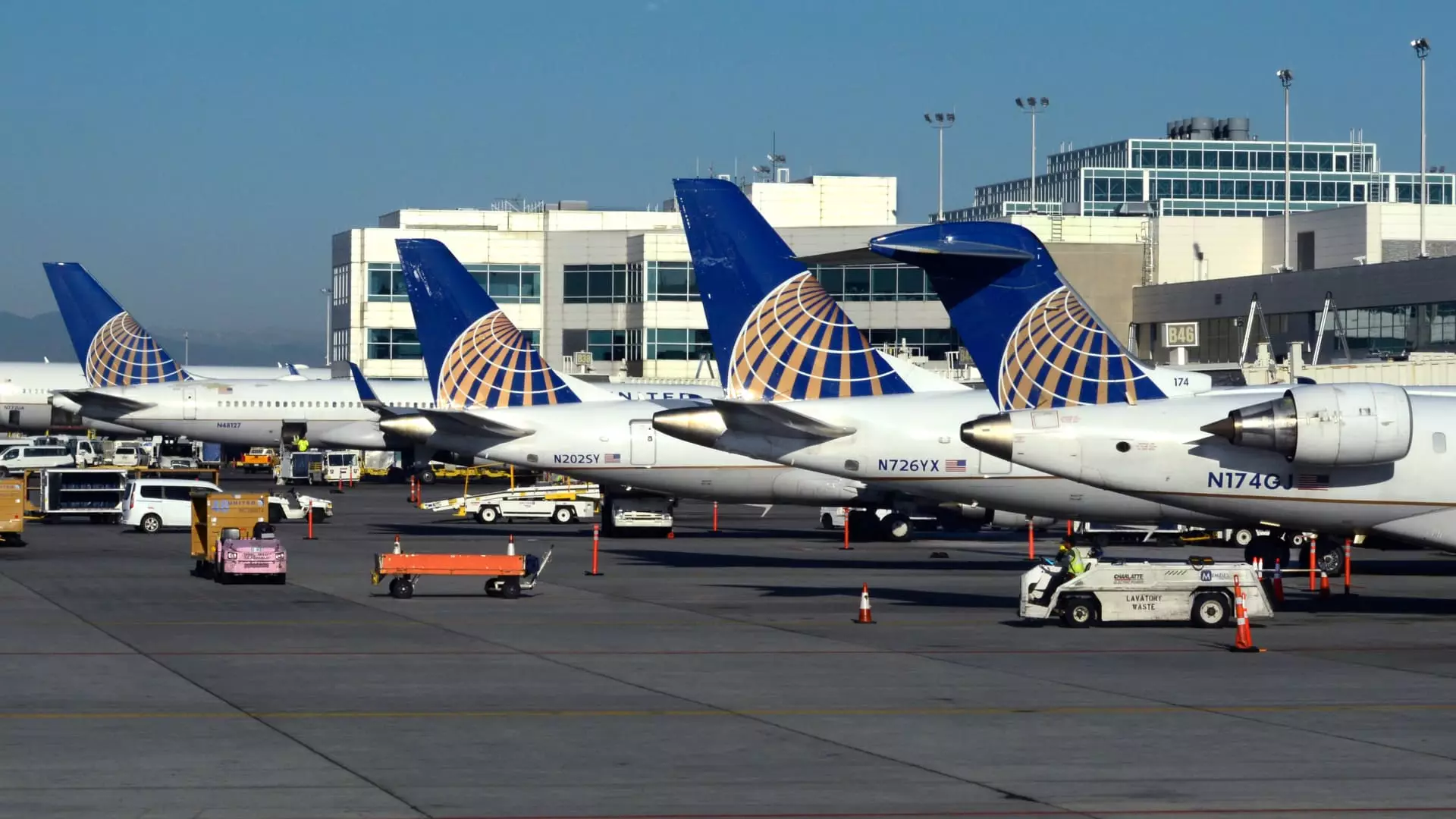In a move that has rippled through the travel industry, United Airlines has recently announced increased fees for their annual airport lounge memberships and co-branded credit cards. The timing of this announcement aligns with broader economic uncertainties and represents a bold experiment in consumer behavior. Richard Nunn, the head of United’s MileagePlus loyalty program, argues that the airline has taken care to balance these increases with enhanced perks. However, one must question whether these purported benefits genuinely outweigh the rising costs of access to desirable travel privileges.
Consumer Sentiment: The Rising Costs of Travel Perks
In a post-pandemic world where consumers are already grappling with inflation on everything from groceries to gasoline, the notion of raising fees on travel benefits is a perplexing one. United’s decision to increase fees is not taken in isolation; airlines as a whole have been progressively inching up costs for services that were once standard. These shifts are more than merely an adjustment— they signify a fundamental change in how airlines perceive value. Participants in the airline loyalty programs may find themselves torn; the increased costs could force many to reconsider whether the benefits offered are actually worth the price of admission.
While Nunn has touted the improvements in rewards programs, it is crucial to scrutinize whether these enhancements will translate into a net positive experience for customers or merely be well-crafted marketing strategies.
Loyalty Programs Under Siege
United Airlines is not alone in this prevailing trend; major competitors like Delta and American Airlines are also rewriting the rules of customer loyalty. As crowded airport lounges become the norm, filtering out patrons who don’t possess elite status or the premium credit cards has exacerbated the divide among travelers. The once-universal access to airport lounges is now restricted to an elite group, essentially relegating average travelers to a lesser status. While it’s understandable that airlines need to manage capacity, the dilution of shared experiences undermines the idea of “loyalty” in loyalty programs.
The economic realities of today suggest that many potential customers might choose to seek alternatives rather than swallow higher prices for status symbols that might not be accessible.
The Illusion of Increased Value
United’s decision to enhance their credit card benefits, promoting new perks like rideshare credits, may be more of a marketing move than a genuine enhancement of the travel experience. Are these additional perks substantial enough to justify the increase in fees? It raises a critical point: just because a service is dressed up with new offerings does not mean it’s inherently better or worth the price tag that accompanies it. For many wistful consumers, the feeling may be more akin to paying more for a ticket to the same old show.
With loyalty revenue hitting $3.49 billion for United last year, the airline’s focus seems to have shifted from addressing customer needs to monetizing those very relationships. At what point does consumer loyalty morph into exploitation?
As travelers continue to navigate this new landscape of elevated charges and purported perks, it is worth asking: how long can airlines push the envelope before consumers reach a breaking point?


Leave a Reply